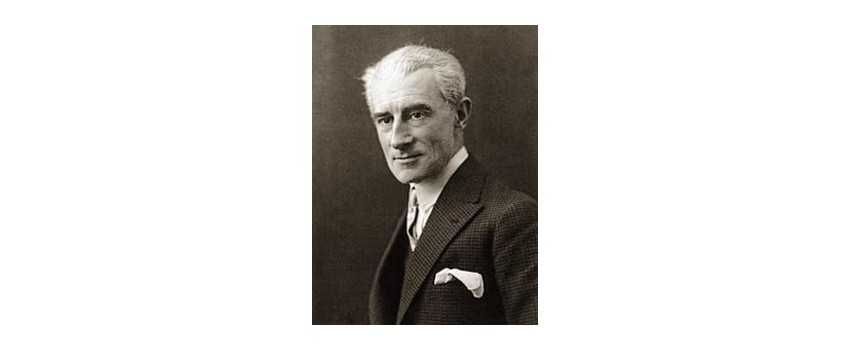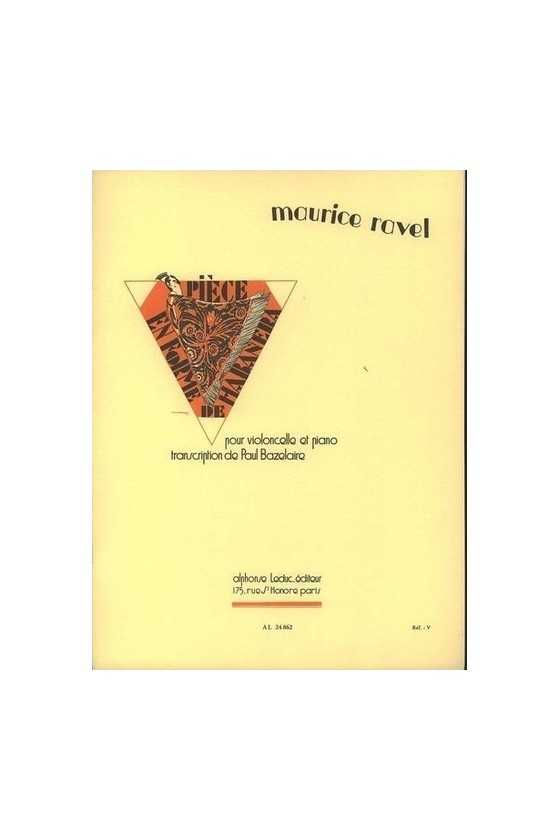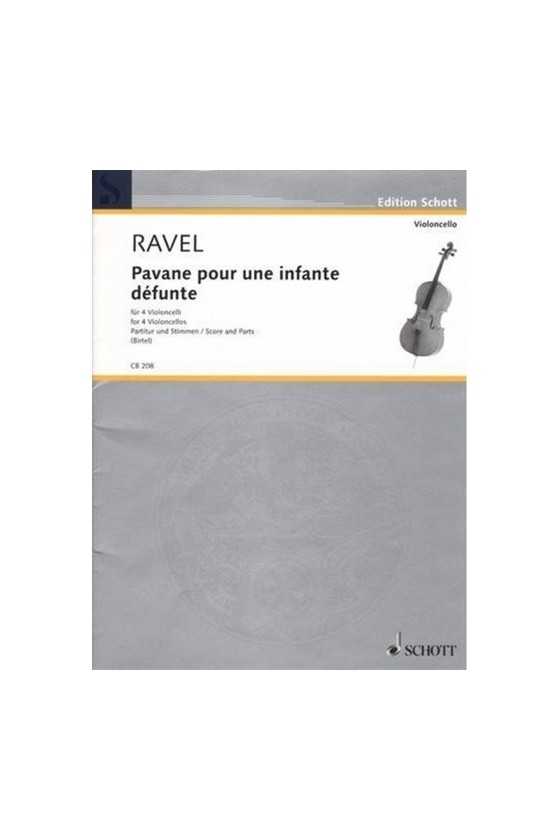Ravel, Maurice
Maurice Ravel, a renowned French composer, pianist, and conductor, left an indelible mark on the world of music. With his exceptional talents and meticulous attention to detail, Ravel crafted masterpieces that continue to captivate audiences to this day. This article delves into the life and music of Maurice Ravel, exploring his early influences, musical accomplishments, and unique style.
Early Life and Influences
Born on March 7, 1875, in the Basque Region of France, Maurice Ravel displayed his musical aptitude from a young age. At the tender age of six, he began learning the piano, setting the stage for his future as a composer. Ravel's father, Joseph, an engineer by profession, exposed his sons to a wealth of experiences, from visiting factories to introducing them to the world of music.
Ravel's exposure to the works of renowned composers deeply influenced his musical development. His knowledge of Rimsky-Korsakov's music left a profound impact on him, shaping his understanding of composition and orchestration. Additionally, Ravel's father introduced him to the unconventional styles of composers Erik Satie and Claude Debussy, who shared a love for unorthodox music and possessed unique personalities.
Musical Education and Early Career
As Ravel matured, he honed his musical skills and developed his distinctive style. He studied composition under the guidance of Gabriel Fauré, a prominent French artist. Fauré's tutelage allowed Ravel to refine his compositional techniques and expand his musical horizons.
Ravel's critical perspective on Western classical music set him apart from his contemporaries. He expressed his dissatisfaction with certain composers, characterizing Beethoven's music as "exasperating" and Berlioz's harmony as "clumsy." This critical mindset would drive Ravel to explore new avenues in his own compositions.
In 1899, Ravel debuted his first orchestral piece, which received a mixed response from the audience. Despite the initial divisiveness, Ravel's talent as an orchestrator shone through. He meticulously researched each instrument, pushing the boundaries of their capabilities. One notable success was his orchestration of Modest Mussorgsky's "Pictures at an Exhibition," which brought him both critical acclaim and financial success.
Musical Style and Contributions
Ravel's musical style can be characterized by its precision, elegance, and attention to detail. He crafted compositions that were meticulously structured and shaped, exhibiting his perfectionist tendencies. His works often featured intricate harmonies, rich textures, and colorful orchestrations, showcasing his mastery of composition.
One of Ravel's most famous compositions is "Bolero," a piece that builds gradually in intensity and is instantly recognizable for its repeated melodic motif. This piece highlights Ravel's ability to create compelling musical narratives through repetition and variation.
Another notable composition is "Pavane pour une infante defunte" (Pavane for a Dead Princess), which showcases Ravel's gift for evoking emotion through music. This hauntingly beautiful piece, inspired by the Spanish pavane dance form, exemplifies his ability to create delicate and poignant melodies.
Ravel's contributions to the world of music extended beyond his own compositions. He played a significant role in promoting the works of his contemporaries, including Debussy and Satie. Ravel's support and advocacy for their unconventional styles helped shape the direction of modern classical music.
Legacy and Influence
Maurice Ravel's impact on the world of music continues to resonate even after his passing. His meticulous approach to composition and his unique musical voice have inspired countless composers and musicians. Ravel's fusion of traditional forms with innovative harmonies and orchestrations serves as a testament to his enduring influence.
His works have been performed and recorded by renowned orchestras and soloists worldwide. The distinctiveness and timeless beauty of his compositions ensure that Ravel's legacy will live on for generations to come.
Conclusion
Maurice Ravel's contributions to the world of music are immeasurable. Through his meticulous craftsmanship and innovative musical style, he created enduring masterpieces that continue to captivate audiences today. Ravel's ability to evoke emotion through his compositions and his unwavering commitment to perfectionism have solidified his place as one of the greatest composers of his time.

Ravel, Pavane Pour Une Infant Defunte For Viola Or Cello (Schott)
Ravel, Pavane Pour Une Infant Defunte for Viola or Cello (Schott)


